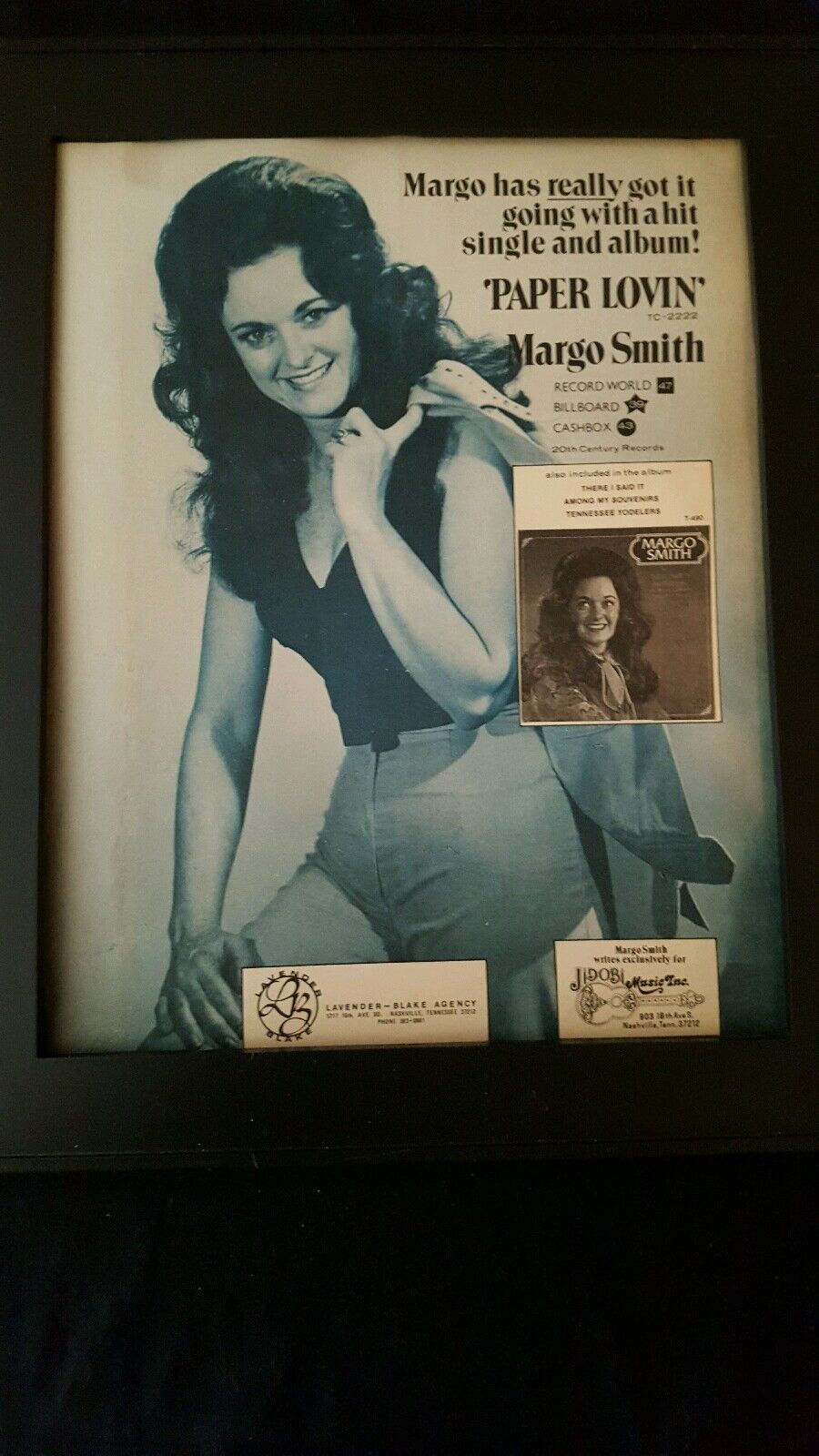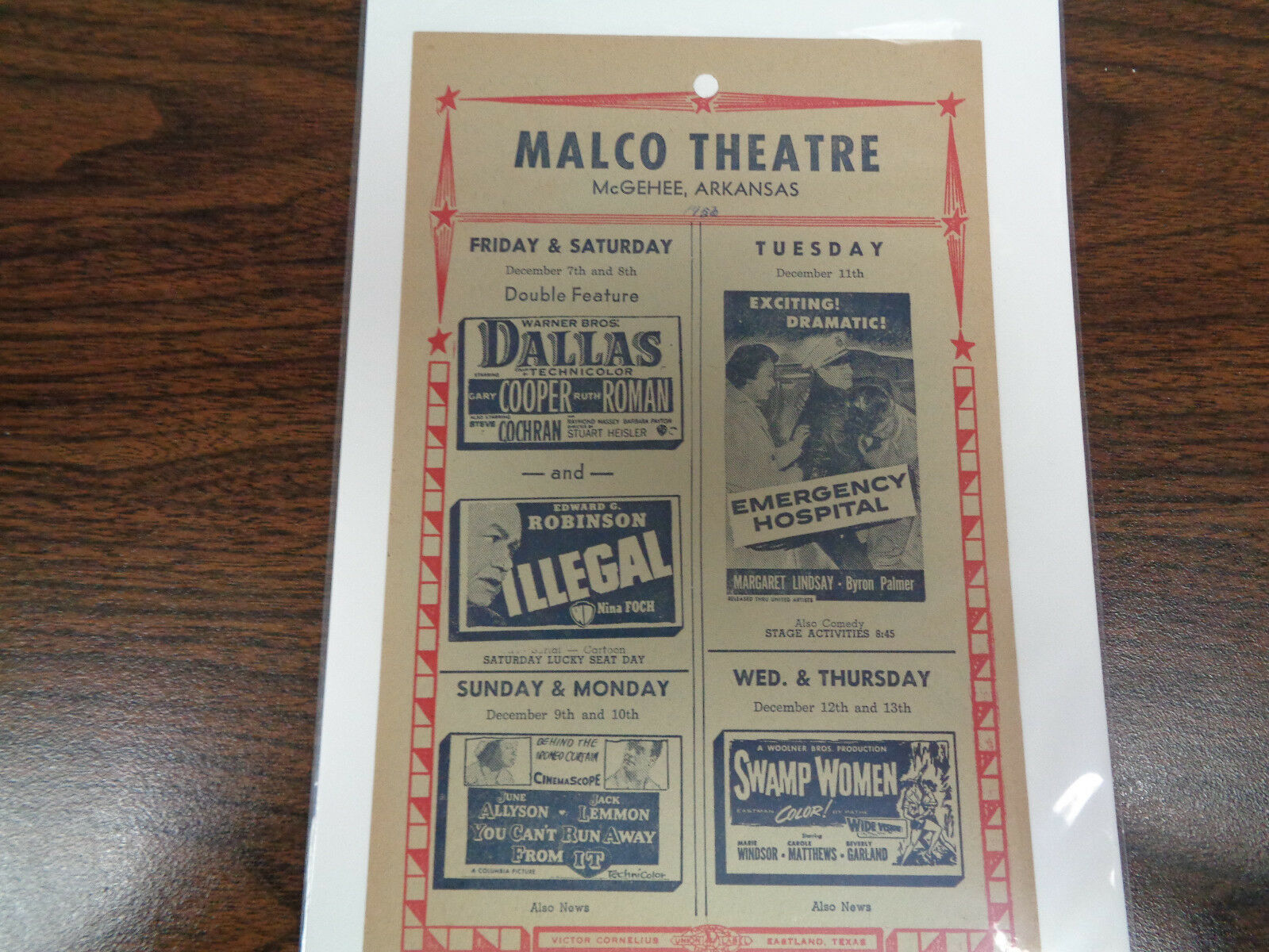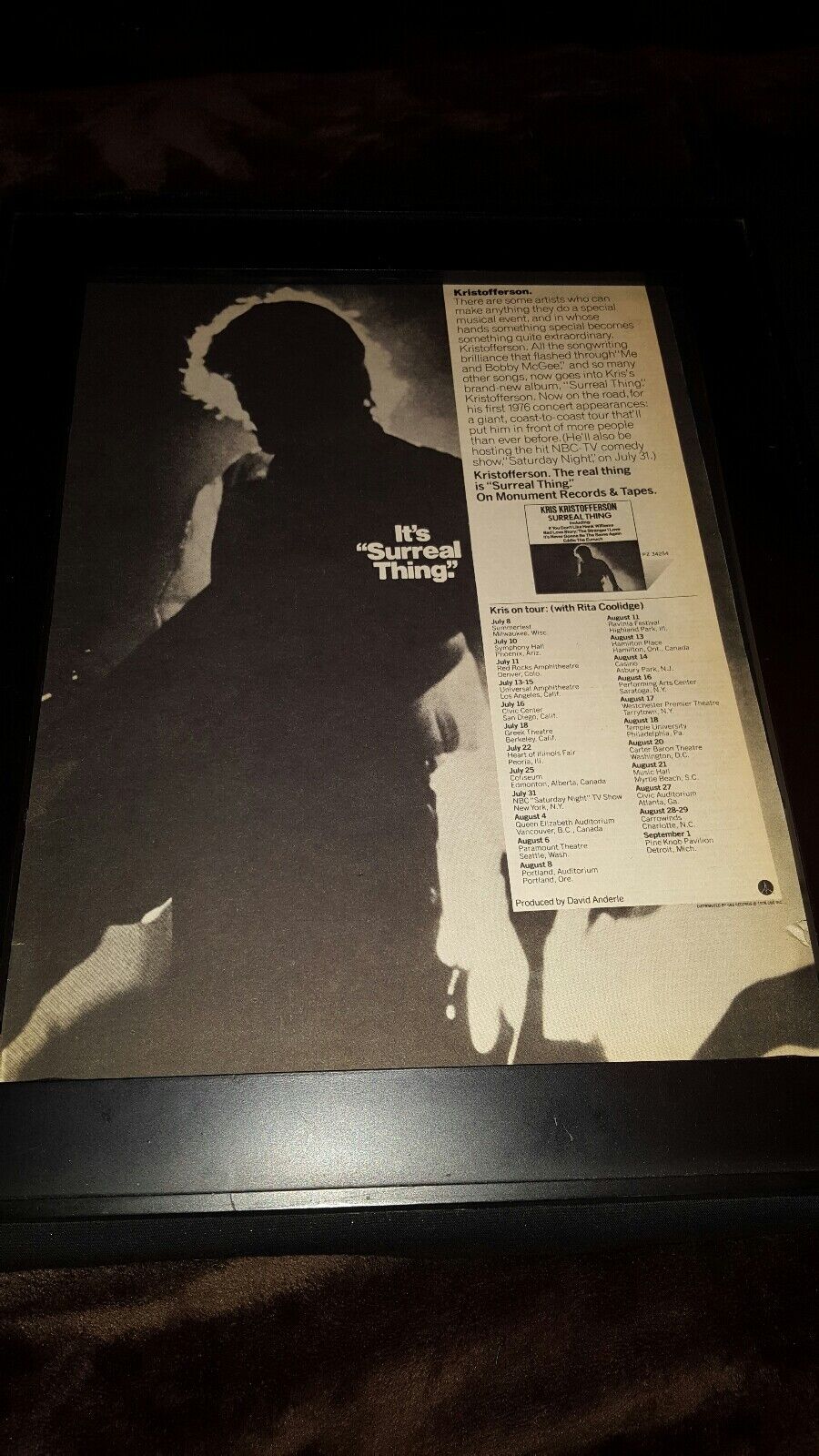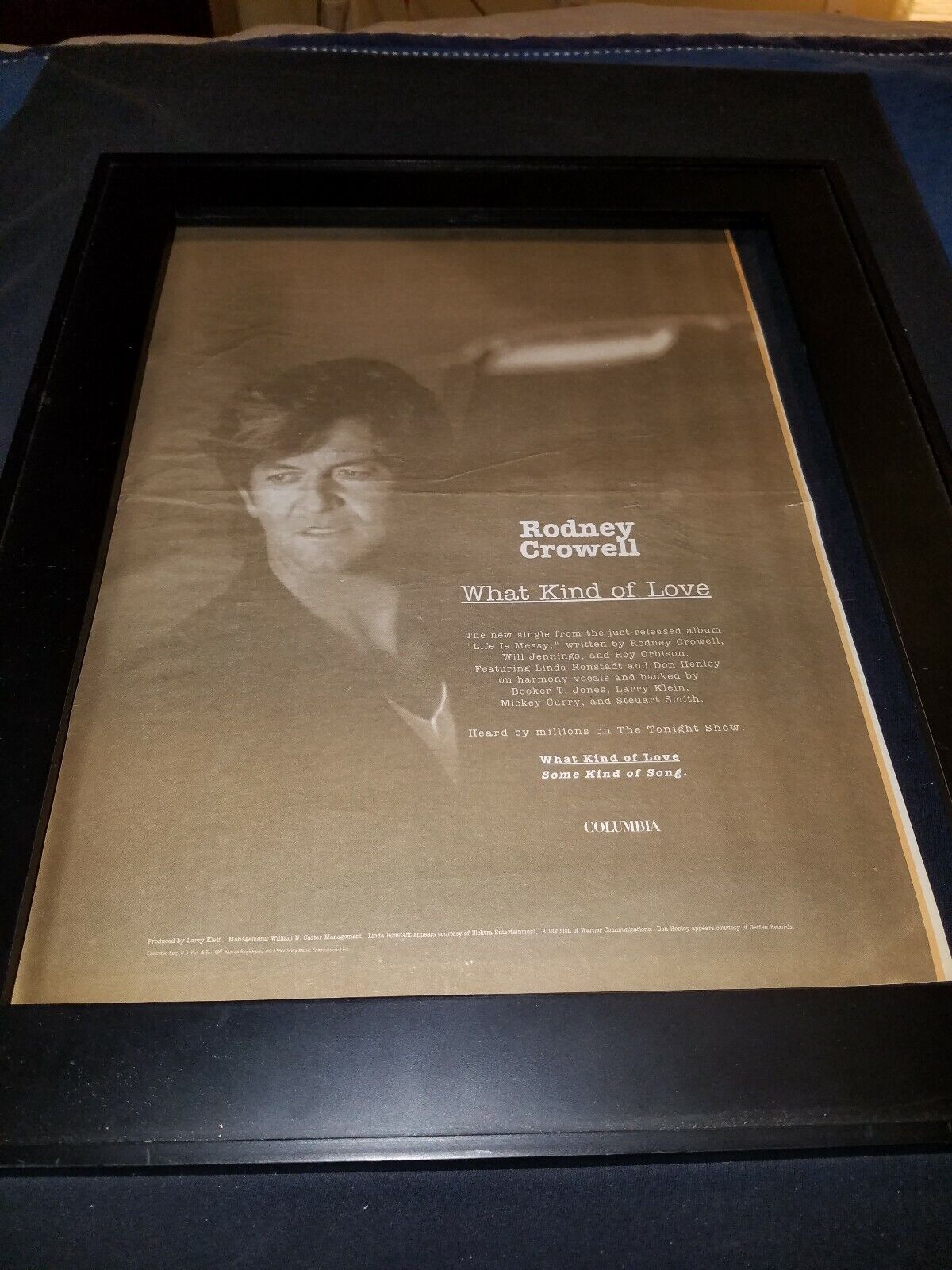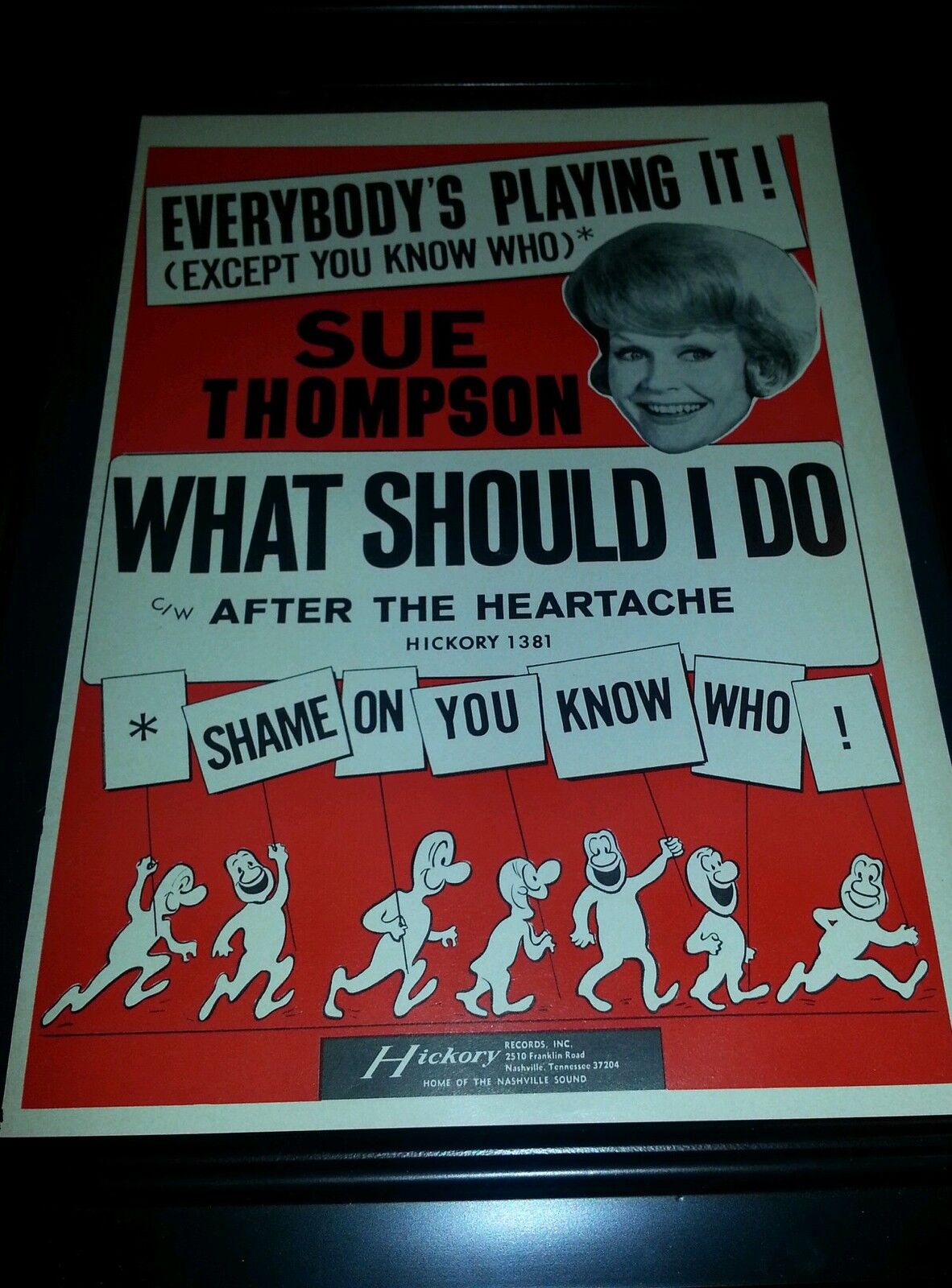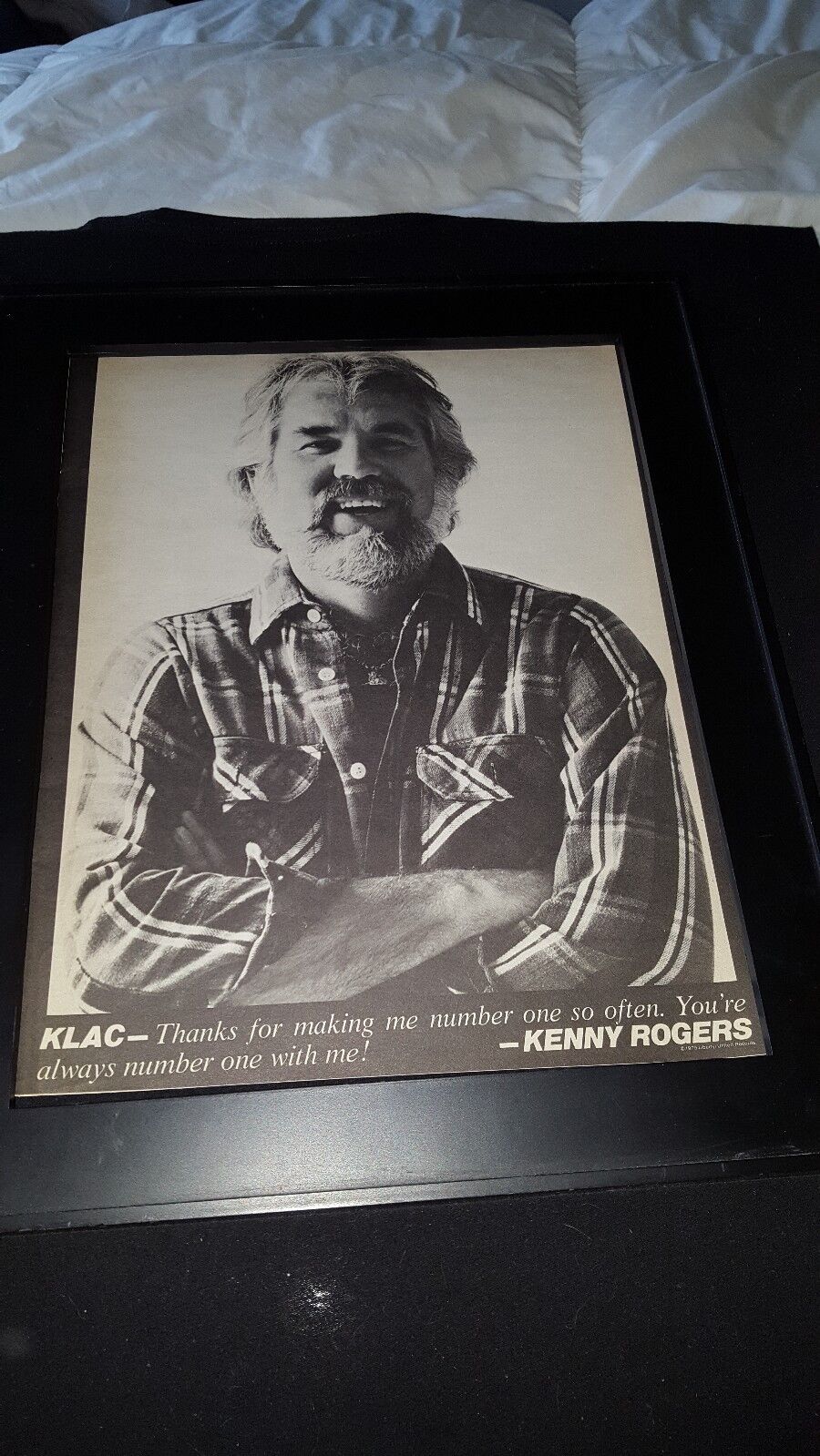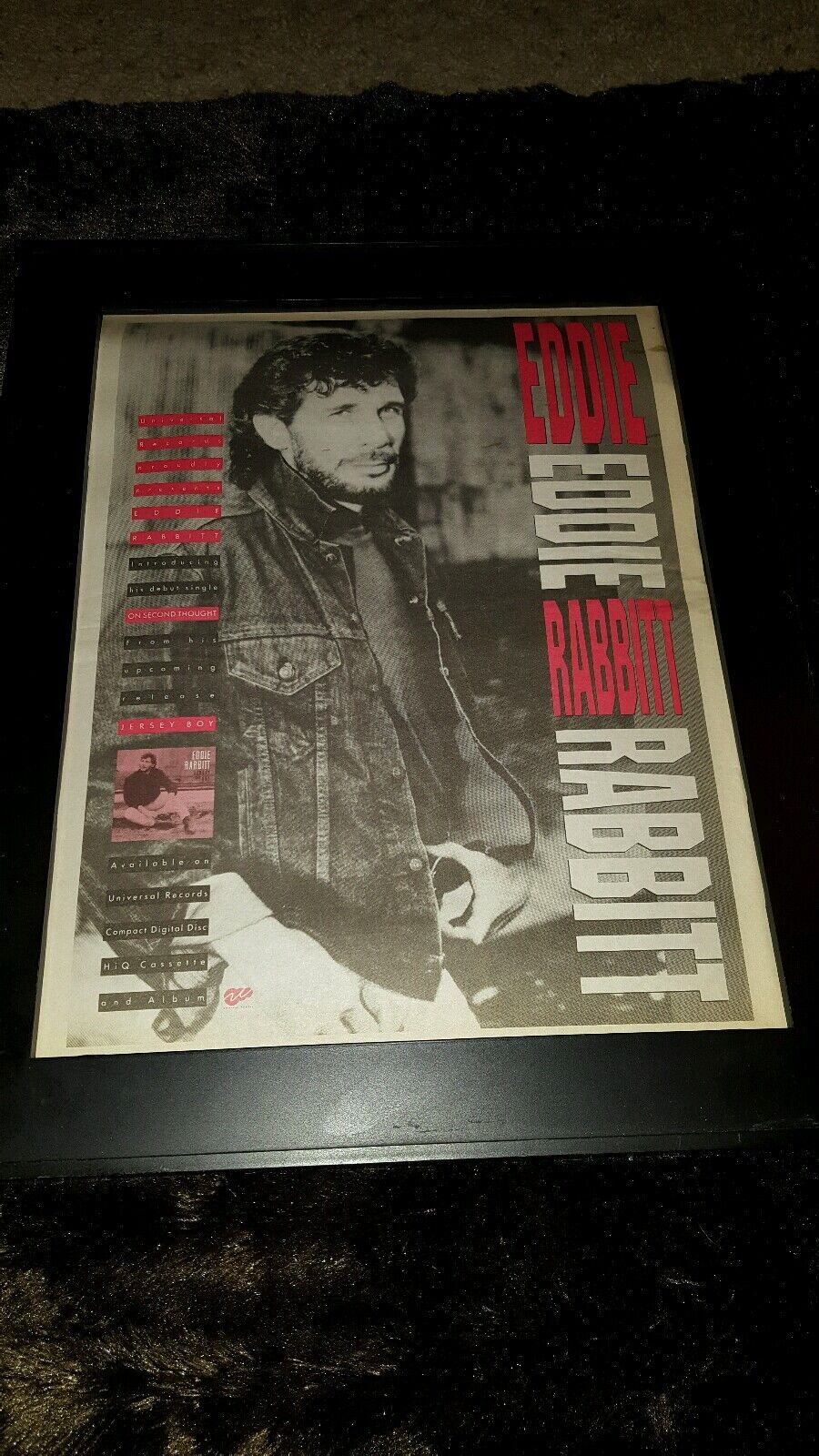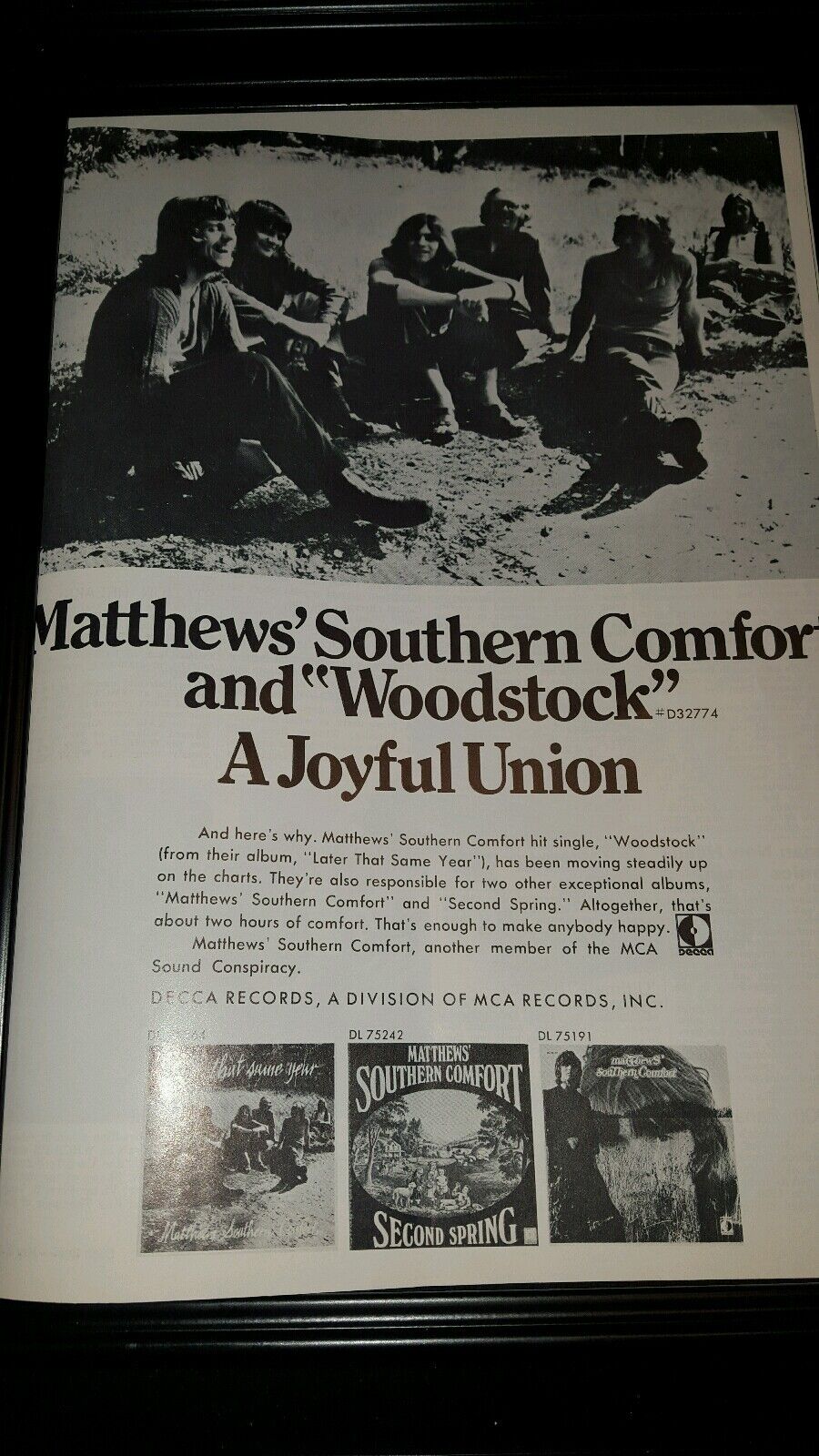-40%
1975 The Bailes Brothers Kanawha County WV Bluegrass - 6-Page Vintage Article
$ 9.31
- Description
- Size Guide
Description
1975 The Bailes Brothers Kanawha County WV Bluegrass - 6-Page Vintage ArticleOriginal, vintage magazine article
Page Size: Approx 8" x 11" (21 cm x 28 cm) each page
Condition: Good
Many persons who have written of
the history of country music have often
. referred to the 1930’s as the era of the
brother teams and duets. While a great
number of brother groups flourished in
that period there were a goodly number
in other time periods too. For instance,
one can examine the development in the
1940’s and find the presence of several
such groups that are quite noteworthy.
Among them were a set of brothers
whose popularity extended from their
native West Virginia hills to Nashville’s
Ryman Auditorium and the cottonfields
of northern Louisiana’s Red River
valley. These were the Bailes Brothers --
Kyle, Johnnie, Walter and Homer.
Homer Abraham Bailes was a
carpenter and preacher who practiced
both his trades in Kanawha County,
West Virginia. He and his wife, Nannie,
had four sons and Mrs. Bailes (Ellen
Butler) had additional children by a
former marriage. Although the family’s
background and outlook was rooted in
the middle class even at the best, their
economic condition could be described as
poor. Among their few comforts were
going to church and singing at home.
The four Bailes boys were : Kyle, born
May 7, 1915; John, born June 24, 1918;
Walter, born January 17, 1920; and
Homer, born May 8,1922.
In 1925, the elder Bailes died
leaving his family to get along the best
they could. Things were already tough,
but after that with no man at the head of
the household and a depression which
soon hit the entire nation they £ot a
great deal worse. Mrs. Bailes took in
washing and ironing and did all kinds of
work in order to make ends meet. Even
then success came in small packages; she
managed to keep the family alive and
together but at times food was pretty
scarce, never abundant and more than
once the family went to bed hungry. She
also managed to buy the boys a guitar
for .95, paying for it in payments of
fifty cents a week. Many years later
Walter saluted his mother’s efforts to
raise the family in the song, “Give
Mother My Crown," which Lester Flatt
and Earl Scruggs made a bluegrass
classic.
The first real musician in the family
was an elder half brother named
Jennings “Flash" Thomas who worked
as a rodeo performer and carnival
musician. Thomas came home in the
early thirties after several years of
wandering and made quite an impression
on his younger brothers. For a time
Flash and Kyle Bailes sang on radio
together. Their background in sacred
singing and their musical half brother
together with what they heard on record
and local radio acts like Hank and Slim
Newman, the Holden Brothers, Cowboy
Copas and Natchee the Indian, Cap,
Andy and Flip, T. Texas Tyler and
Harmie Smith constituted the major
influence on the Bailes Brothers’ later
vocal stylings.
The spring that Johnnie Bailes was
graduated from the eighth grade saw a
flood destroy the crop on the little farm
which the family rented and as a result
they decided to move into the city of
Charleston fourteen miles away where
Johnnie coyld find some work and help
keep Walter and Homer in school. The
boys continued to sing at home and in
church where they sometimes perform-
ed as a group and were known as “The
Hymn Singers.” Johnnie began to aspire
to a career as a professional musician
and about 1933 worked for several
months in the Charleston area with a
medicine show group known as “Doc
Grayfeathers and his Cowboys” which
also included Robert (Georgia Slim)
Rutland on fiddle, Jack Carter on guitar
and Pee Wee Stripling. Johnnie also
played and sang in a talent contest and
won first prize singing “Wabash
Cannonball” which he had learned from
an old Carter Family record.
One of Johnnie’s best friends at the
time was young Woodrow "Red” Sovine
and the two decided to form a duet.
After playing locally for several months
in everything from churches to honky-
tonks, they got a job in radio with Jim
Pike and his Carolina Tar Heels in the
latter part of 1937 on WCHS. At the
time they were known as “Smiley and
Red, the Singing Sailors.” In 1938, they
moved to Wheeling and played at
WWVA for a few months. Although they
performed well, times were still hard
and they found the going tough. Red
decided to go home and get married and
the duo hitch-hiked back to Charleston.
Back at WCHS, Johnnie joined up
with Ervin Staggs and his Radio
Ramblers, which also included Ervin’s
wife, Wilma. At this time Staggs and
Johnnie composed the song “Pale Horse
and His Rider” which the Bailes’ never
recorded but was recorded by Carl
Sauceman, Roy Acuff, Hank Williams
and Red Smiley among others. Soon
Cecil “Skeets” Williamson joined the
group on fiddle and in the summer of
1939, Skeets’ sister LaVerne (Molly
O’Day) also joined them. That fall
Johnnie and Skeets went to WBTH in
Williamson and then to WJLS in Beckley
as Johnnie Bailes and the Happy Valley
Folks where Dixie Lee (Molly O’Day),
Cowboy Jack Morris and Little Jimmy
Shreveport, 1947. Shot Jackson, Ernest Ferguson, Walter Bailes, Homer Bailes,
Johnnie Bailes, Kyle Bailes.

